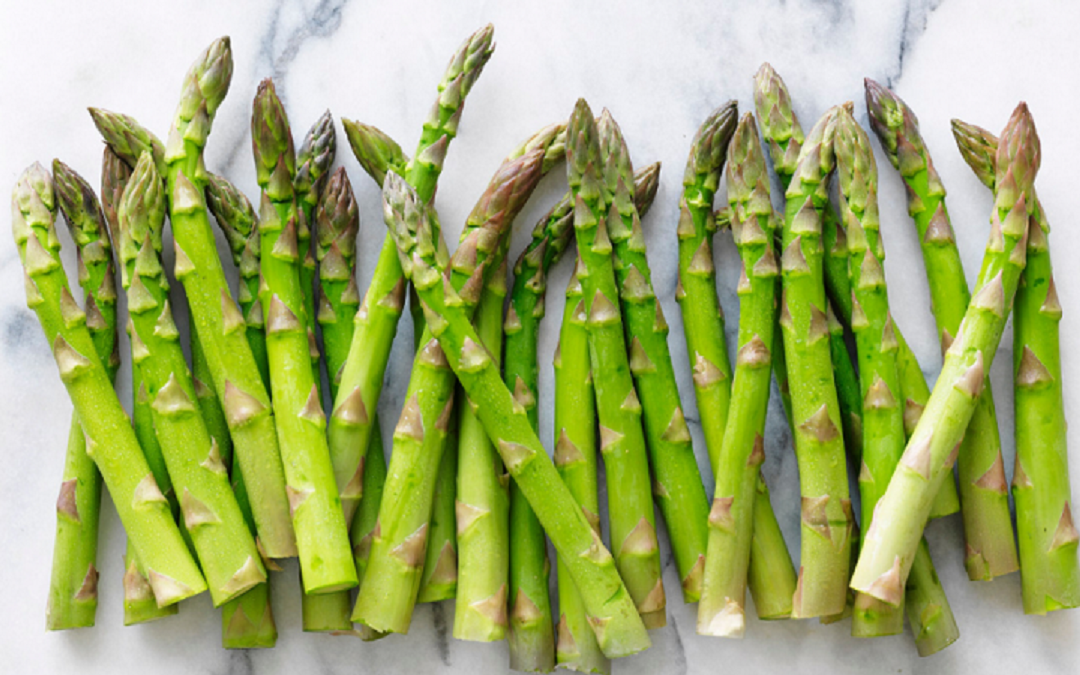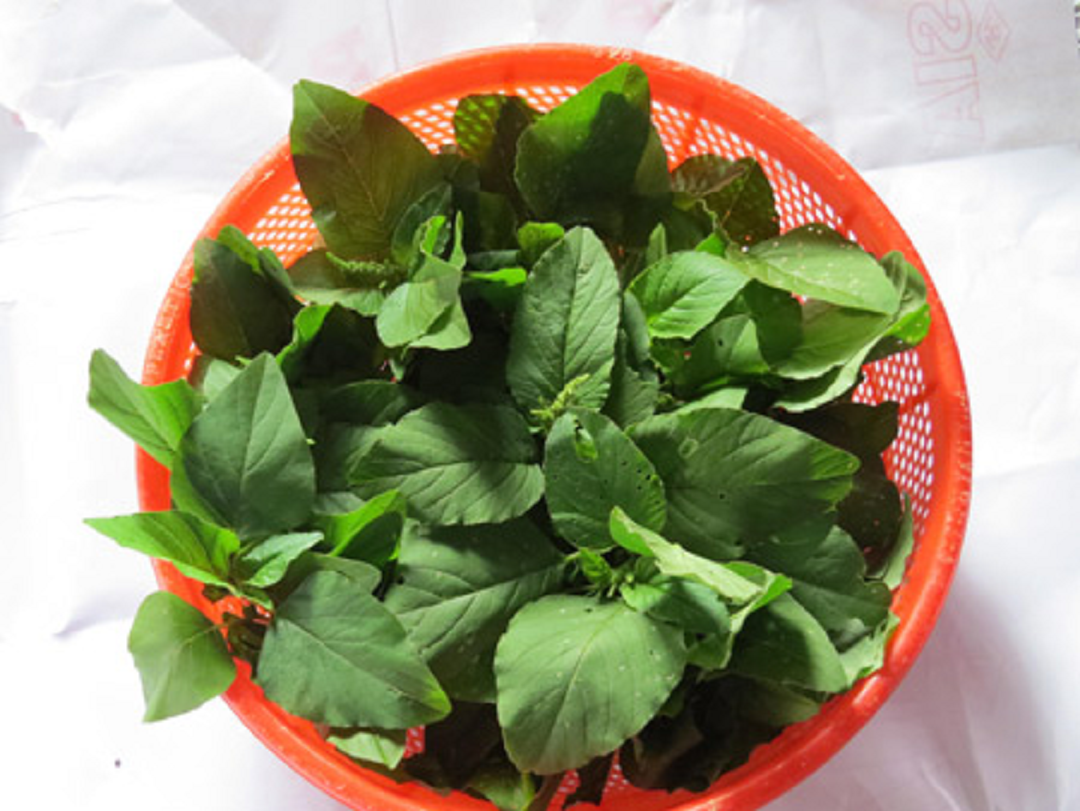Asparagus
Lifestyle – 2 types of vegetables that contain the least amount of pesticides, the second one is like a ‘gift from the earth’

Asparagus is a delicious and nutritious vegetable. Photo illustration.
The benefits of asparagus go beyond its rich nutritional profile; it also aids in diabetes management, boosts cardiovascular health, and prevents cancer. Regular consumption can facilitate weight loss as it is almost calorie-free. Notably, during menstruation, women can consume it to alleviate abdominal bloating.
Notably, asparagus contains a unique enzyme that enables it to self-detoxify and eliminate pesticides. Scientists explain that this is the reason why asparagus is often found to have minimal or no harmful chemical residues. You can prepare delicious dishes like stir-fried asparagus with shrimp, asparagus wrapped in bacon, or even asparagus salad and soup.
Amaranth

This wild-growing amaranth is usually free from pesticides. When harvested, it can be boiled or cooked into a delicious soup with dried or fresh shrimp. It also offers medicinal benefits. Photo illustration.
Amaranth is a familiar vegetable in the daily meals of Vietnamese people. While it often grows wild, it is also cultivated from seeds nowadays. Amaranth has a robust root system that enables it to withstand both drought and flooding conditions, making it a crop that rarely requires the use of pesticides, according to farmers.
Other types of amaranth, such as red amaranth and spiny amaranth, also exhibit strong vitality and grow well without demanding meticulous care. They, too, seldom necessitate the use of chemicals to eradicate insects.
– Cancer Prevention: Amaranth boasts a nutritional profile that is beneficial to health. Notably, it is rich in the amino acid lysine and contains an abundance of minerals like potassium, phosphorus, magnesium, iron, vitamin C, and vitamin E. Consequently, amaranth helps neutralize free radicals, reducing the risk of cancer, improving digestion, exerting anti-inflammatory effects, and benefiting individuals with diabetes.
– Bone Health: Amaranth helps prevent osteoporosis and increases bone density due to its rich mineral content. It contains calcium levels three times higher than that of spinach and twice as much as milk.
– Anemia Prevention: Amaranth aids in increasing hemoglobin and red blood cell levels, thereby combating iron-deficiency anemia.
Kitchen Tips to Remove Pesticides from Fruits and Vegetables
To ensure food safety, the US Centers for Disease Control and Prevention recommends against using fruit and vegetable washes, soap, or bleach. The best way to clean produce is to rinse it under running water. For soft produce, gently rub the surface while rinsing, and for hard produce, you can use a clean vegetable brush. Afterward, soak the produce in water for a while. At this stage, you can add vinegar or baking soda to the water, as suggested by Daily Mail.
– Salt Water Soak: When buying vegetables, before preparing them, remove any wilted or damaged leaves, cut off the roots, and rinse off any visible dirt. Soak the vegetables in a solution of diluted salt water or water mixed with purple disinfectant for about 20-30 minutes, repeating the process until the water remains clear.
– Baking Soda Soak: Baking soda can break down pesticide molecules and aid in their removal. Mix one tablespoon of baking soda per 240 ml of water, then soak the fruits and vegetables for 12-15 minutes before thoroughly rinsing them under running water.
– Vinegar Soak: Vinegar has the ability to decompose pesticide residues, making fruits and vegetables cleaner and safer for consumption. Some studies have found that soaking produce in vinegar for 10-15 minutes can reduce the number of bacteria on the surface. Mix one part vinegar with three parts water, then soak and rinse thoroughly with clean water.
– Peeling: Many pesticides tend to accumulate on the surface of produce, so peeling can help remove a significant portion of these residues. However, for some types of fruits and vegetables, peeling may also remove some of the nutrients and fiber.
According to Nguoiduatin

































